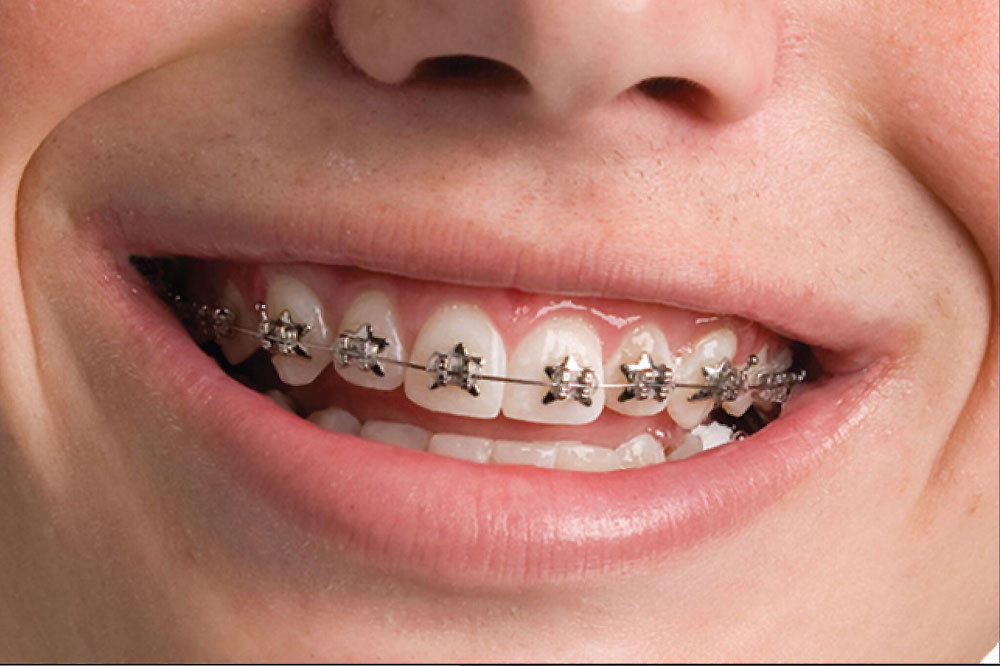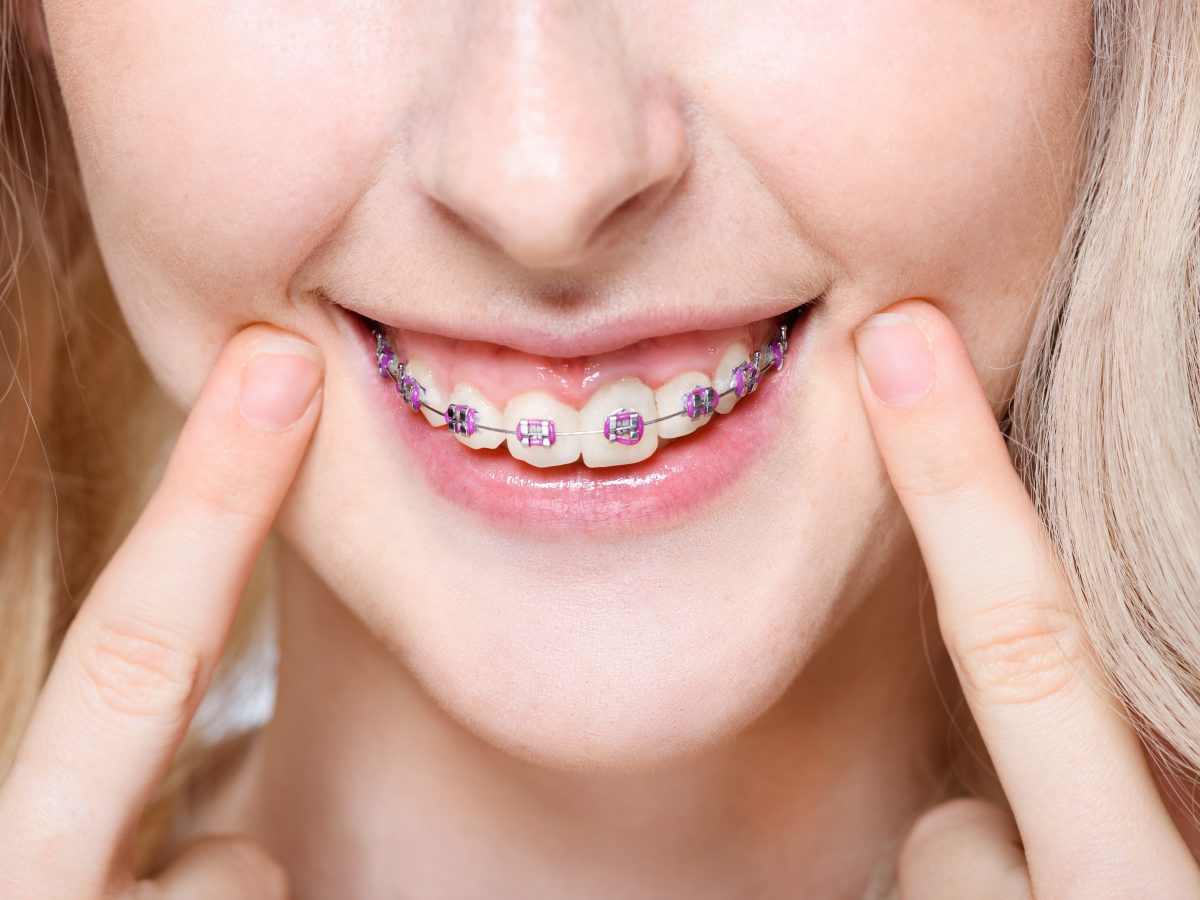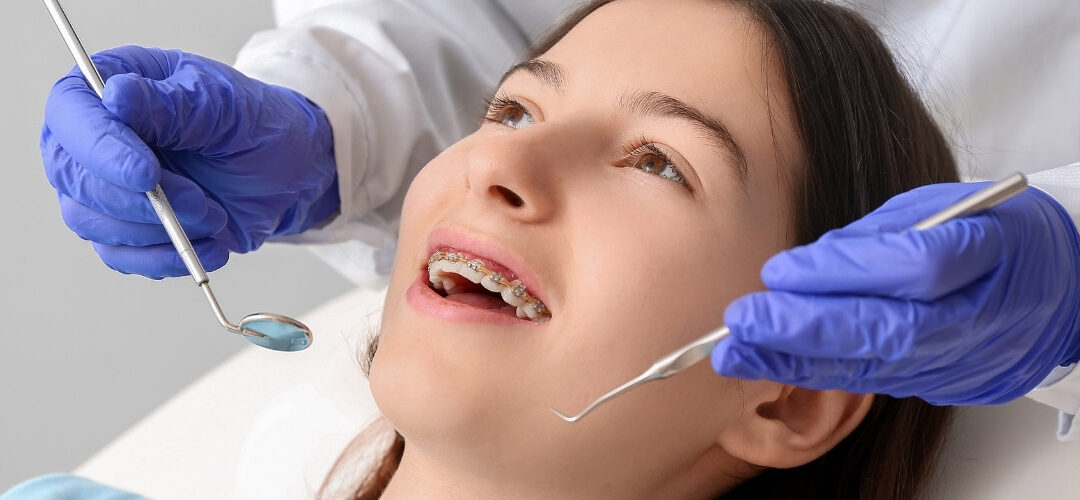Comprehensive Guide to Orthodontics Treatments for Fixing Oral Imbalances
Comprehending the complexities of each treatment, including their devices, advantages, and potential drawbacks, is essential in making notified choices concerning one's orthodontic treatment. As we navigate via the comprehensive guide to orthodontic treatments for dealing with dental imbalances, the detailed details of each method will unfold, losing light on the course towards a harmonious and practical dental placement.
Orthodontic Procedures Introduction

In addition to typical dental braces and clear aligners, orthodontists may additionally recommend various other interventions like headwear, palatal expanders, or retainers to deal with details positioning concerns (aligners). These treatments are customized per person's unique requirements and may involve a mix of therapies to achieve the preferred results. Regular adjustments and surveillance are crucial parts of orthodontic therapy to make sure development is on track and to make any needed modifications along the method. By undertaking orthodontic procedures, individuals can not just attain a straighter grin yet additionally boost their total oral wellness and function.
Standard Braces: Exactly How They Work
When considering orthodontic therapies for oral misalignments, traditional dental braces stand apart as a tried and true approach for dealing with teeth placing. Conventional braces include brackets, cords, and bands that interact to apply constant pressure on the teeth, gradually moving them into the desired positioning. The brackets are attached to the teeth making use of an unique adhesive, and the wires are threaded via the brackets. By readjusting the tension of the cords, orthodontists can regulate the instructions and pressure used to each tooth, leading them into correct positioning with time.
One trick element of exactly how typical dental braces work is the process of bone remodeling. As pressure is put on the teeth with the braces, the bone surrounding the teeth is reshaped to support the new tooth placements. This remodeling is important for the long-term stability of the dealt with alignment. People will certainly require routine adjustments at the orthodontist's office to make certain the dental braces remain to apply the right stress for reliable teeth movement.
Unseen Aligners: Cons and pros
Undetectable aligners provide a discreet and practical option to typical braces for fixing dental misalignments. These clear, tailor-made trays are practically unseen when used, making them an attractive choice for people looking for a much more aesthetically pleasing orthodontic therapy. Among the main advantages of invisible aligners is their removability, enabling less complicated upkeep of dental hygiene compared to typical dental braces. Individuals can remove the aligners before consuming or brushing their teeth, reducing the threat of food obtaining embeded the device and streamlining the cleaning process.

Surgical Orthodontic Options
Surgical interventions in orthodontics navigate here existing practical alternatives for dealing with complex dental misalignments that might not be efficiently solved via conventional orthodontic therapies. While typical dental braces and undetectable aligners can deal with lots of orthodontic concerns, certain situations require surgical intervention to accomplish ideal results. Surgical orthodontic alternatives are generally suggested for serious malocclusions, substantial jaw disparities, and instances where the underlying bone framework requires adjustment to achieve correct placement.
One usual medical orthodontic procedure is orthognathic surgical procedure, which includes rearranging the jaws to remedy functional concerns such as difficulty speaking or eating. This surgery is frequently carried out in cooperation with an orthodontist who helps line up the teeth prior to and after the treatment. Surgical orthodontics might additionally involve procedures to expose impacted teeth, remove excess gum cells, or improve the jawbone to produce an extra harmonious facial account.
Before considering medical orthodontic alternatives, clients undertake a thorough assessment to figure out the necessity and possible advantages of such treatments. cumming orthodontist. While surgical procedure may seem complicated, it can considerably boost both the feature and aesthetics of the smile in cases where standard orthodontic therapies fail
Retainers and Post-Treatment Treatment

Post-treatment treatment entails adhering to the orthodontist's instructions diligently. This may consist of correct dental health techniques, going to follow-up consultations, and putting on the retainers as prescribed. Failing to conform with post-treatment treatment instructions can cause regression, where the teeth slowly return in the direction of their initial placements. Consistent retainer wear, excellent oral hygiene, and normal dental examinations are crucial for keeping the results achieved with orthodontic surgical treatment and making certain the lasting security of the remedied oral positioning.
Conclusion
To conclude, orthodontic treatments supply numerous options for correcting dental imbalances. Conventional dental braces utilize steel brackets and wires to move teeth right into correct alignment. Undetectable aligners supply a more very discreet alternative but might not be ideal for all situations. Surgical orthodontic options are available for extra extreme imbalances. Retainers are typically used post-treatment to keep the new alignment. Overall, orthodontic procedures can properly improve oral wellness and aesthetic appearance.
As we navigate with the comprehensive guide to orthodontic procedures for dealing with dental misalignments, the intricate details of each technique will certainly unfold, losing light on the path towards a unified and useful oral placement. - orthodontics
One of the most usual orthodontic therapies is the usage of braces, which are composed of steel braces and wires that apply mild stress to slowly change teeth right into the preferred position.When thinking about orthodontic therapies for dental misalignments, typical braces stand out as a reliable approach for correcting teeth positioning. In addition, unnoticeable aligners may not be suitable for complex orthodontic concerns that require even more significant teeth activity, as they are commonly suggested for mild to moderate situations. Retainers are tailor-made orthodontic devices made to hold teeth in their corrected placements after the conclusion of orthodontic treatment.